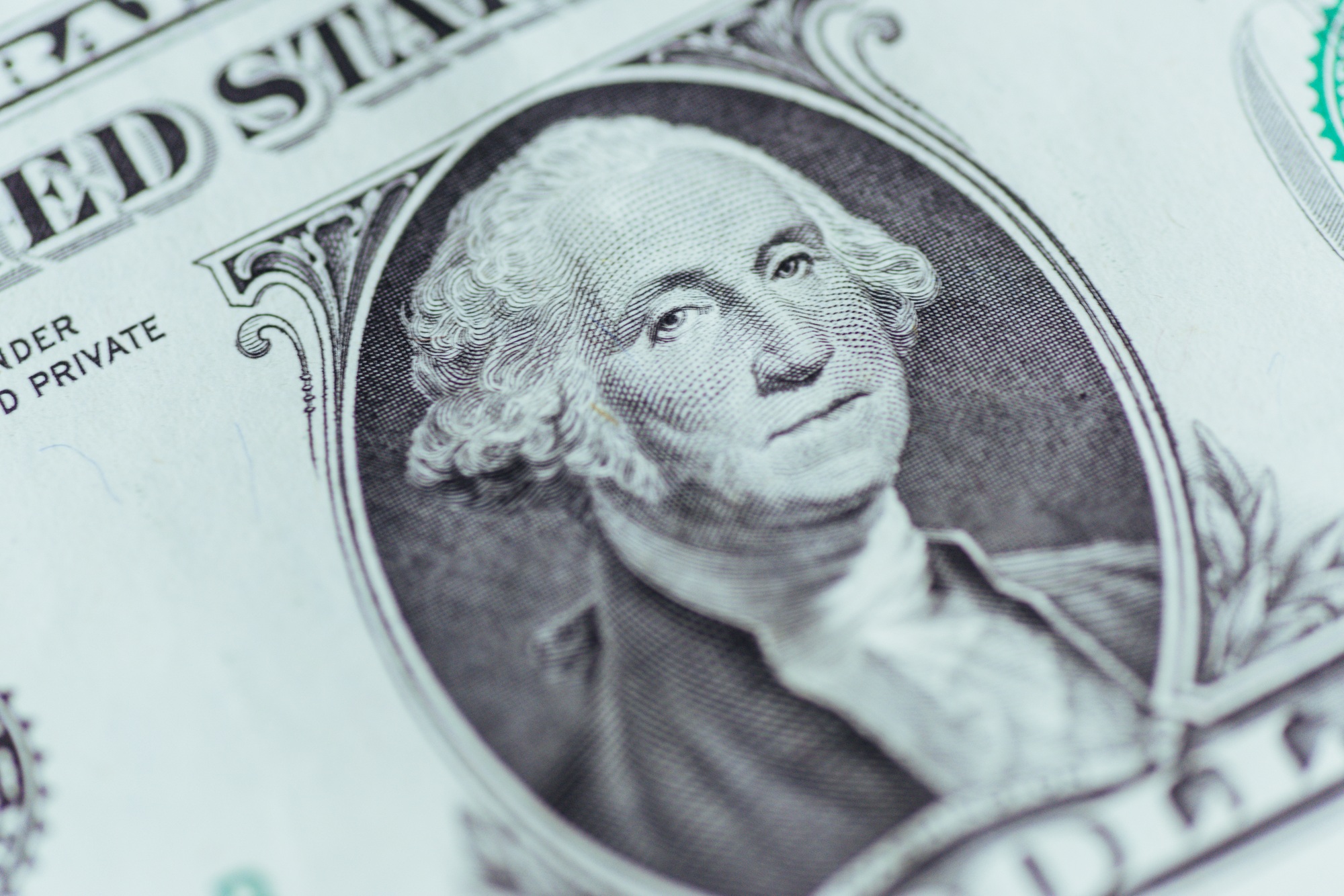The U.S. dollar pulled back modestly on Thursday, losing momentum after a sharp rebound earlier this week. The softening comes as markets digest mixed messages from the White House on trade and interest rate policy.
Following days of intense market volatility driven by political tensions, President Trump signaled a more measured stance—backing away from threats to remove Federal Reserve Chair Jerome Powell and suggesting potential easing on China tariffs. This narrative shift gave the dollar a lift earlier in the week, pushing it off major technical support levels.
By Thursday, the dollar was trading at 143.25 yen, having dipped below the critical 140 yen level on Tuesday. Against the euro, it recovered from a three-and-a-half-year low of $1.1572, but settled slightly weaker around $1.1338 in Asian trading.
Speaking ahead of discussions with Japanese officials, U.S. Treasury Secretary Scott Bessent reiterated that the United States has no specific currency target. He maintained that the current tariff-heavy trade posture with China is “unsustainable”—though Washington will not act unilaterally to reduce tariffs exceeding 100% on Chinese goods.
Currency analysts are closely watching how the dollar continues to respond to trade headlines. ING strategist Francesco Pesole noted in a client note: “No currency reacts as sharply to trade uncertainty as the dollar. The risks remain tilted to the downside for USD, although the extreme selling pressure seen earlier this month has cooled.”
The EUR/USD pair could still spike above $1.15, Pesole said, if fears about the Fed’s independence return to dominate the narrative.
Meanwhile, commodity-linked currencies like the Australian dollar and New Zealand dollar also retreated slightly. The Aussie slipped to $0.6361, off earlier highs above $0.64, and analysts believe it may test support near its 50-day moving average of $0.6286 amid lingering global growth concerns.
The kiwi held steady at $0.5949. Sterling stood at $1.3263, while the Swiss franc traded at 0.8290 per dollar. In China, the yuan was steady at around 7.29 per dollar in early Thursday trading.
Traders will continue to monitor upcoming economic data and central bank commentary for clues on whether the recent dollar rally has legs—or if more turbulence lies ahead.







